Earning 12,500 billion VND in just 11 months, China continues to be the largest customer of Vietnamese pangasius. However, our country's "billion-dollar fish" has another strong competitor on the dining table in this country of a billion people.
According to statistics from the General Department of Customs, the export value of pangasius fish in November reached 179 million USD, an increase of 16% over the same period last year. By the end of November 2024, the cumulative export value of pangasius fish reached 1.8 billion USD, an increase of 10% over the same period in 2023.
The order of the top markets consuming Vietnam’s “billion-dollar fish” has remained almost unchanged, with China continuing to be the largest customer. The total export value of Vietnamese pangasius to the Chinese market reached more than 500 million USD in the past 11 months (about 12,500 billion VND), a slight increase compared to the same period last year.
Following China is the US. By the end of November this year, pangasius exports to this market increased by 26%, reaching more than 317 million USD.
According to the Vietnam Association of Seafood Exporters and Producers (VASEP), Vietnamese pangasius is on track to reach the target of 2 billion USD in 2024, showing that the market's appeal, competitiveness and potential remain strong.
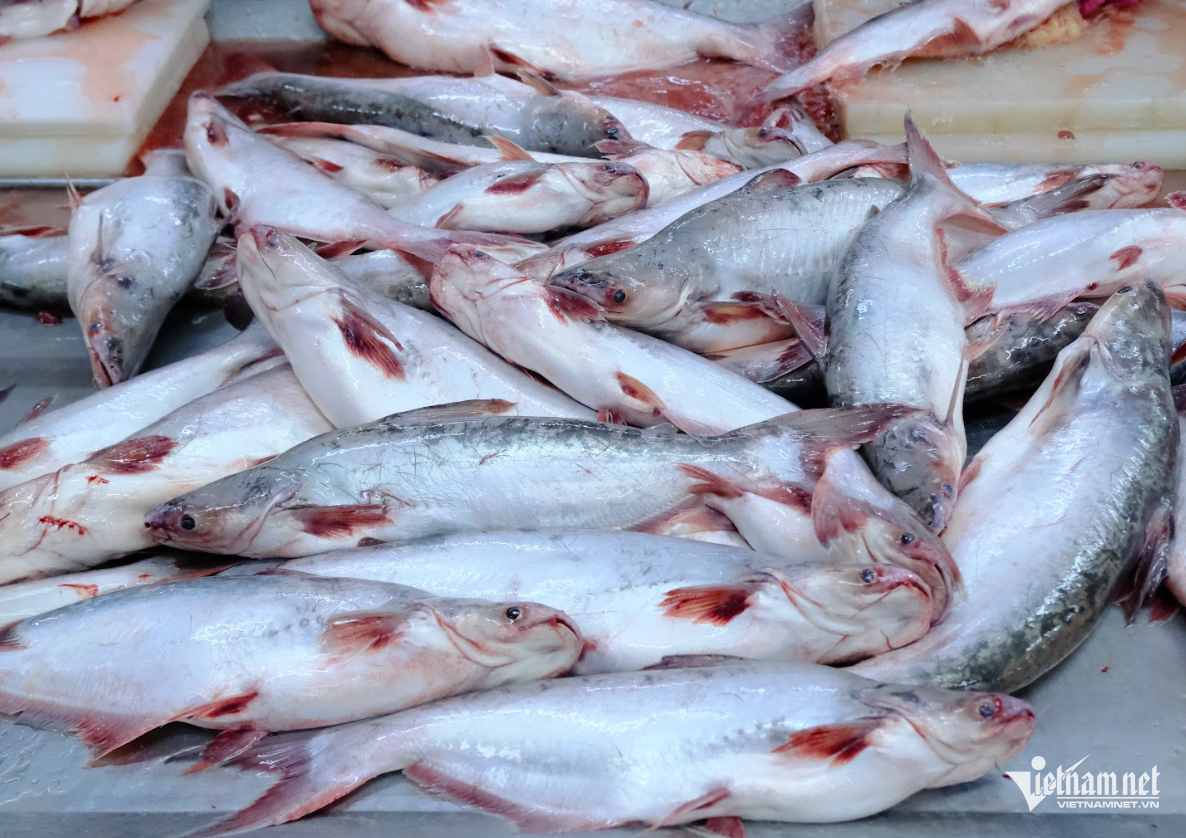
In recent times, the reticence of Chinese consumers amid the slowing economy has forced the country's seafood importers to focus on cheaper products, putting Vietnamese pangasius in a prime position to take advantage.
In this billion-people market, due to its cheaper retail price than domestically produced freshwater fish such as carp, tilapia, etc., pangasius has become a seafood product chosen by many consumers to cook at home.
Meanwhile, in many restaurants and food chains in Beijing (China), pangasius has become a staple dish to serve customers. In supermarkets, frozen pangasius fillets are equally popular in the lucrative food segment for children, because this is a clean and soft white fish that many parents trust as a healthy food choice.
However, the production and export of pangasius still faces many challenges, especially strong competition with other white fish species.
In fact, despite being popular with consumers, Vietnam's "billion-dollar fish" has another strong competitor on the Chinese dining table, which is snakehead fish.
According to VASEP, snakehead fish and pangasius have similarities in texture, flavor and culinary applications, making both fish species popular in Chinese cuisine. Both have white, firm meat, mild flavor, are rich in protein and have their own competitive advantages, serving each consumer demand.
In China, farmed snakehead fish is dominating imported pangasius, mainly for domestic consumption. Notably, China's snakehead fish farming output is estimated to reach 800,000 tons in 2024, of which 40% is for processing facilities and the rest for the live fish market.
Therefore, the scenario of China being self-sufficient in snakehead fish to gradually replace imported tra fish from Vietnam is completely conceivable. This will be a concern when the billion-people market is the largest customer of Vietnamese tra fish.
Currently, the development of domestic snakehead fish in China is taking place in parallel with the country's reduction in imports of Vietnamese pangasius. Specifically, in 2020, China imported more than 200,000 tons of frozen pangasius fillets from Vietnam, but by 2023, this number decreased to 106,000 tons.
In the first 8 months of 2024, China imported only 51,000 tons of pangasius from Vietnam, a level lower than during the Covid-19 pandemic.
VASEP believes that, besides the increase in domestic snakehead fish production, there are many other reasons why China has reduced its import of pangasius from Vietnam, such as the increasingly diverse supply of pangasius to China, or the country's slowing economic growth.
Therefore, to maintain market share, our country's businesses are forced to calculate new directions by diversifying products, increasing quality, reducing costs and absolutely ensuring food hygiene and safety regulations.

Source: https://vietnamnet.vn/thu-ve-12-500-ty-ca-ty-do-cua-viet-nam-co-them-doi-thu-nang-ky-o-trung-quoc-2353696.html


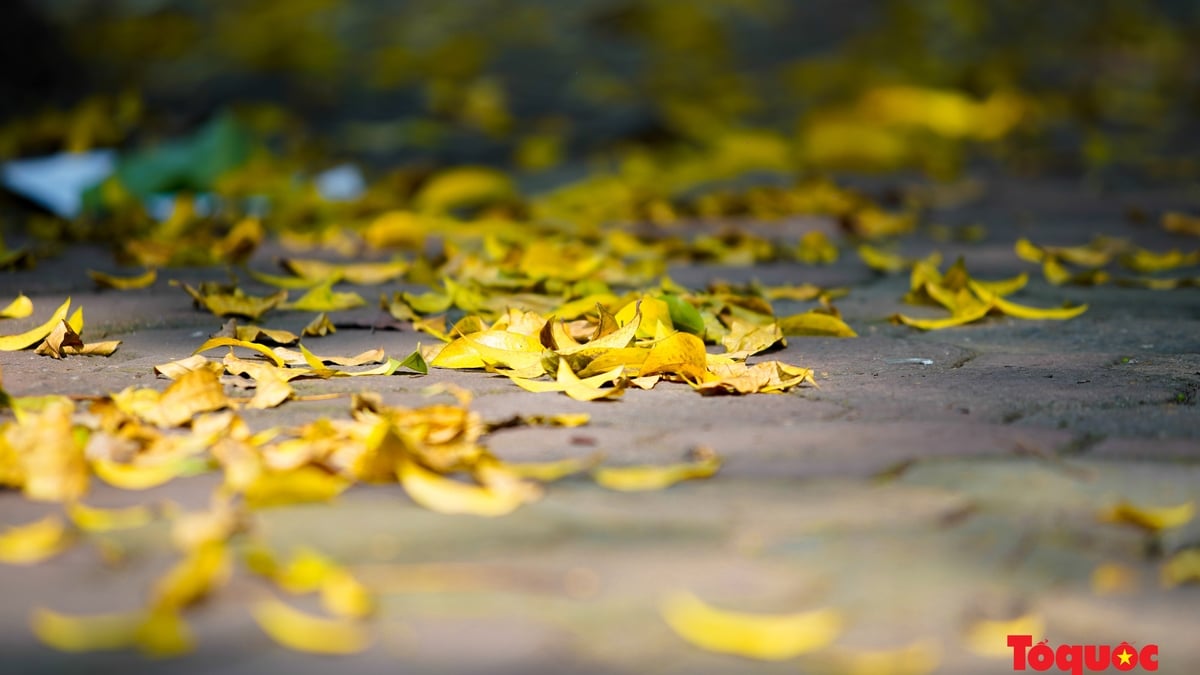




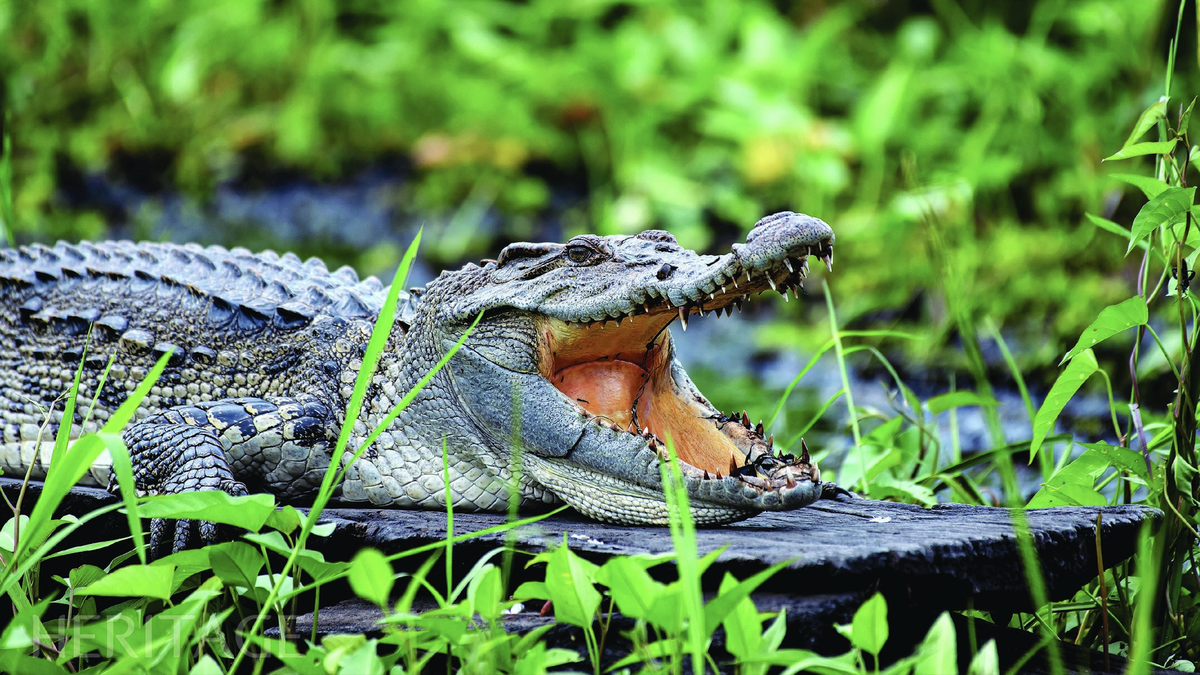


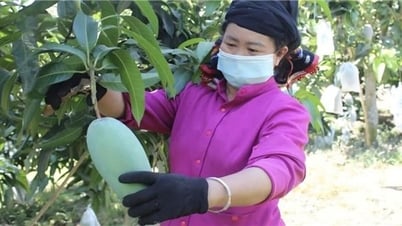

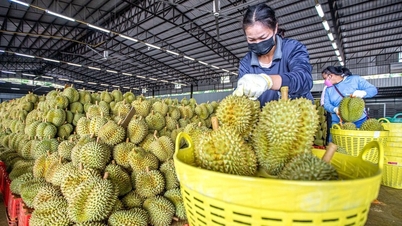
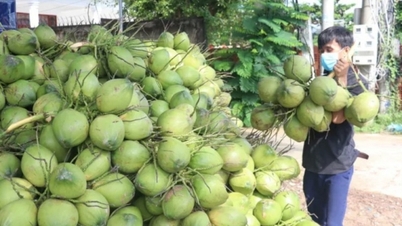

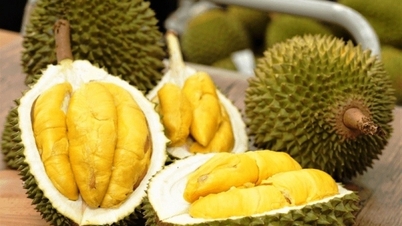




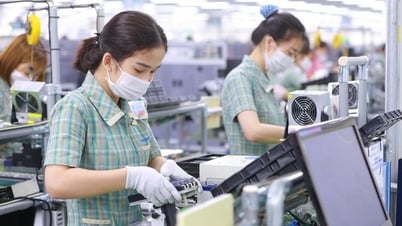












![[Photo] Prime Minister Pham Minh Chinh receives Swedish Minister of International Development Cooperation and Foreign Trade](https://vphoto.vietnam.vn/thumb/1200x675/vietnam/resource/IMAGE/2025/5/12/ae50d0bb57584fd1bbe1cd77d9ad6d97)
![[Photo] Prime Minister Pham Minh Chinh works with the Standing Committee of Thai Binh Provincial Party Committee](https://vphoto.vietnam.vn/thumb/1200x675/vietnam/resource/IMAGE/2025/5/12/f514ab990c544e05a446f77bba59c7d1)




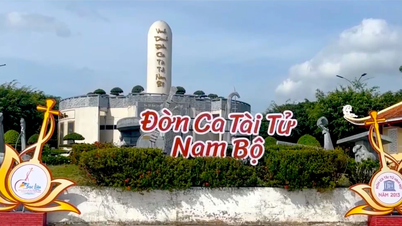



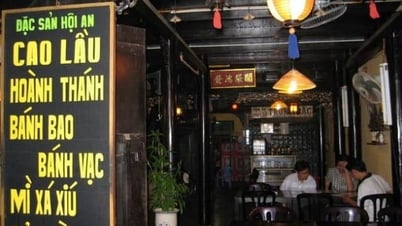











































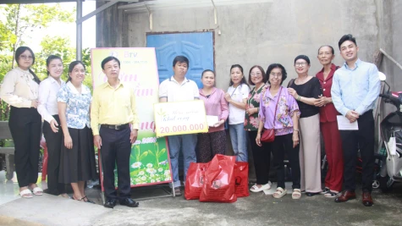

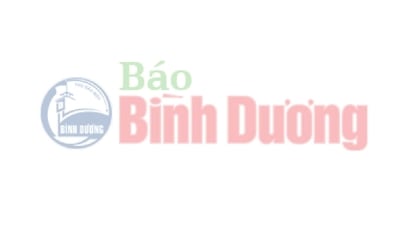
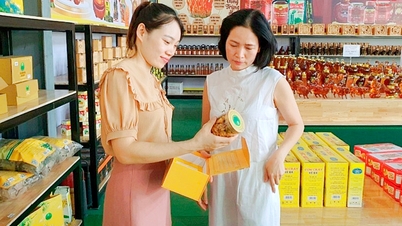

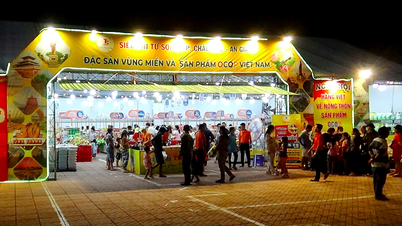

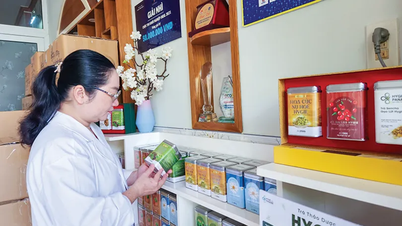

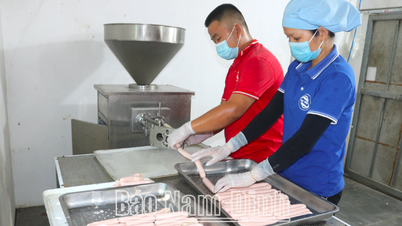

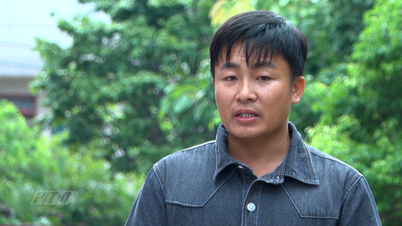
Comment (0)